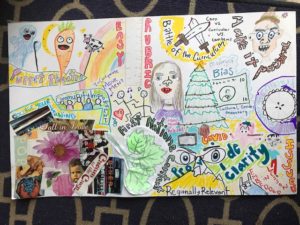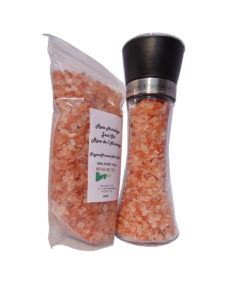
- THE WHAT – describe the situation or scenario. What’s happening?
- THE SO WHAT – how does this experience demonstrate the professional standard?
- NOW WHAT – what did you learn and where to next?
Standard 1: Educators value the success of all students
Educators care for students and act in their best interests
In my classroom there were students at all levels. Some of the students were very far ahead and got bored waiting for others to catch up. In my practicum I learned to give the high level student homework for the weekend and to work with the EA to figure out how to help the students who needed extra help. I learned about how to do math work on the overhead and help lower level students so they could follow along with me when they did their worsksheets. I learned that I need to give the EA lots of direction and let them teach the class sometimes so I can work with a smaller group of students at a time. I learned to use every adult I have in the room to my advantage in order to spread out instruction across all of the students in differentiated ways.
Standard 9:
Educators respect and value the history of First Nations, Inuit and Métis in Canada and the impact of the past on the present and the future. Educators contribute towards truth, reconciliation and healing. Educators foster a deeper understanding of ways of knowing and being, histories, and cultures of First Nations, Inuit and Métis
I had to teach about local traditional medicine in my science class. I evaluated students on a curricular competency related to Indigenous knowledge in science. In order to respect the Gitxsan community, I had to invite a local medicine person in to the classroom to teach about these medicines, since I may not have the authority to teach this sacred material to my class as a white woman. I learned a lot about how to approach teaching sacred topics from a culture which is not my own. My CT was upset at the speaker for using the word “God” quite a bit in his speech. I learned that next time I could raise my hand and ask, “When you say God, do you mean the Creator?”. She was worried that kids might think he meant a Christian God and I learned not to assume the kids knew what the speaker was referring to. Next time I definitely would invite a speaker in again if I have the chance and will do my best to use the Indigenous resource center for all Indigenous learning.
 My metaphor for teaching is a salt grinder. The teacher is like a grinder, grinding the salt of the Earth from her students. She brings their potential to life and inspires them to act.
My metaphor for teaching is a salt grinder. The teacher is like a grinder, grinding the salt of the Earth from her students. She brings their potential to life and inspires them to act.